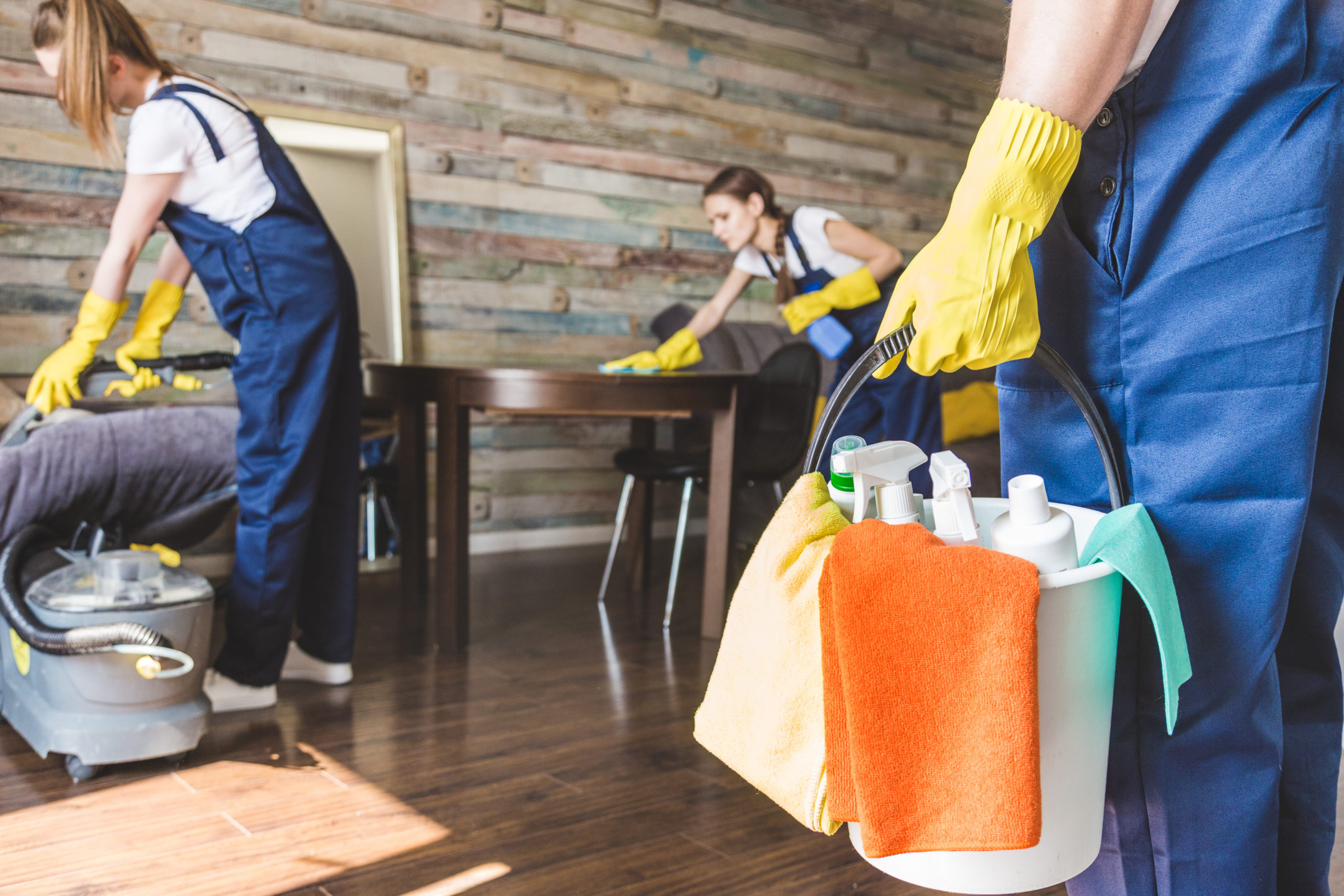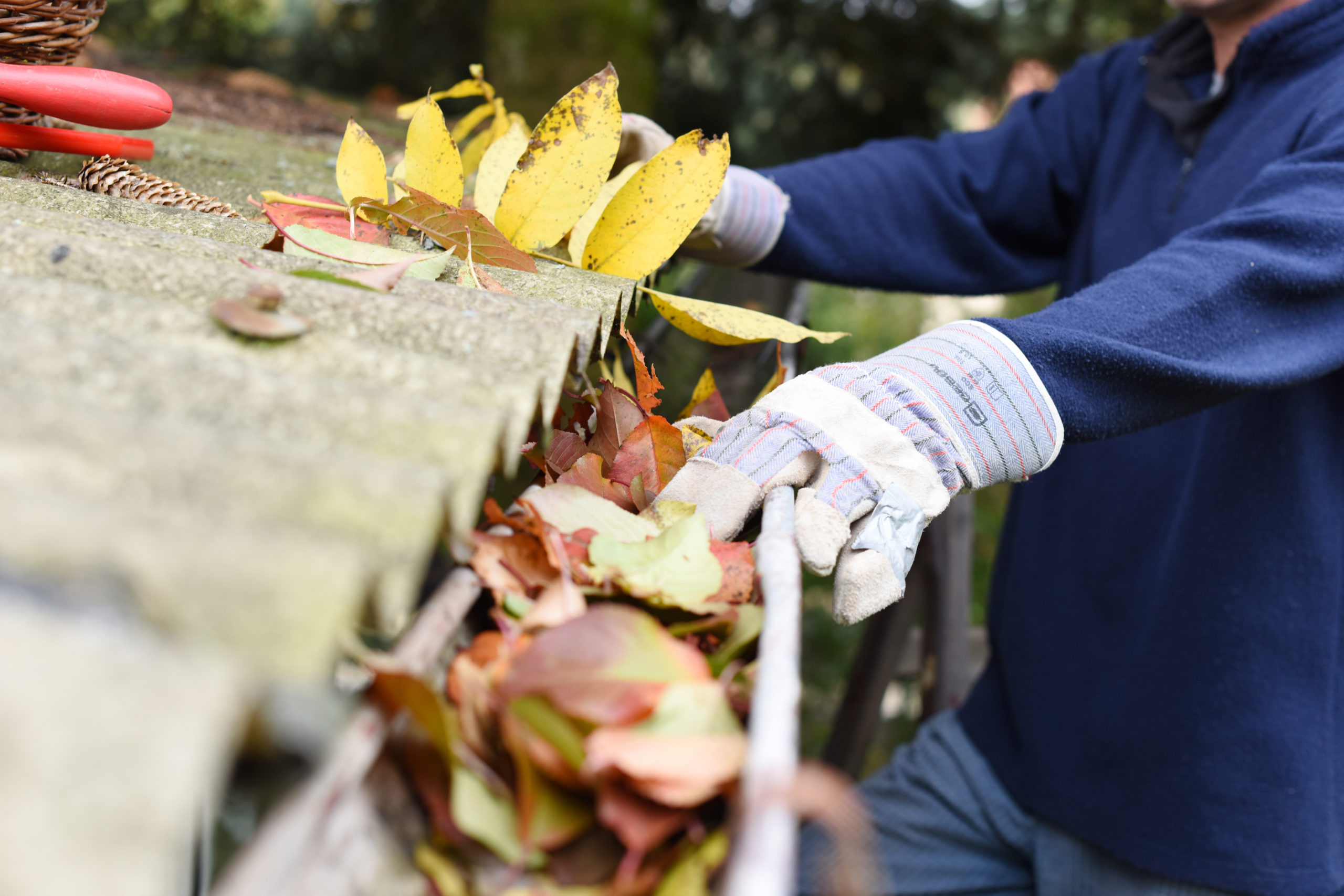How innovation is giving Hydrogen Peroxide a new fiz.
“Is Hydrogen Peroxide an effective cleaning agent?”
A: Yes. The oxidizing power of Hydrogen Peroxide ( H2O2) has been used for decades as a bleaching agent, for odor control, in water treatment and in wound care. An oxidation-reduction reaction causes Hydrogen Peroxide to break down into water and oxygen. When it comes in contact with non-organic soils, it reacts by breaking apart or lifting embedded dirt from surfaces. This allows for easy removal. In addition, the reactive break down of H2O2 generates microscopic oxygen bubbles within the soil and mechanically aids their removal.
To make Hydrogen Peroxide more effective at cleaning, companies have formulated solutions including various surfactants. The result is the enhanced break down and removal of soils. Surfactants are composed of a hydrophilic (water loving) head and, most a hydrophobic (water hating and soil trapping) tail. Hydrogen Peroxide formulations combined with surfactants provide not only effective cleaning agents, they are also very attractive as a green cleaner. Hydrogen Peroxide breaks down into water and oxygen and leaves no harmful residues. In the end, Hydrogen Peroxide can be a very effective cleaning agent only when combined with surfactants for added detergency properties.
“Does Hydrogen Peroxide kill germs?”
A: Yes. The same oxidative reaction that allows Hydrogen Peroxide to break down soils also makes it effective at killing a wide range of germs or microorganisms, including bacteria, viruses, yeast, fungi and spores. With bacteria, H2O2 reacts with the surface of a cell, creating holes that cause the cell’s contents to leak. It then enters the cell causing more damage to internal organelles, consequently killing the bacteria. It disables viruses by changing their surface structure.
As a sanitizer or disinfectant, Hydrogen Peroxide’s effectiveness is dependent upon its concentration as well as the individual product’s formulation. A solution of 3%, like you could buy at a drug store, has a limited ability to kill germs. The concentration could be increased to do the job, but it becomes less safe to handle. To remedy this, new formulations stabilize the H2O2 and enhance its microbicidal performance. These technologies are typically referred to as Improved Hydrogen Peroxide solutions. They combine low levels of H2O2, surfactants and other commonly used ingredients to speed up the time it takes to kill microorganisms, and to clean more effectively, all without compromising the safety and environmental profile. Improved Hydrogen Peroxide formulations currently registered by the US EPA carry contact times for bacteria and viruses ranging from thirty seconds to one minute.
Mikeisha Paul is the Clinical and Technical Services Associate at Virox Technologies Inc. She is responsible for the technical marketing for Virox’s patented Accelerated Hydrogen Peroxide® (AHP®) technology. Click here for more information.
In this video, Diana Henley of Naturalcare Cleaning Service talks about the effectiveness of Hydrogen Peroxide in cleaning.






